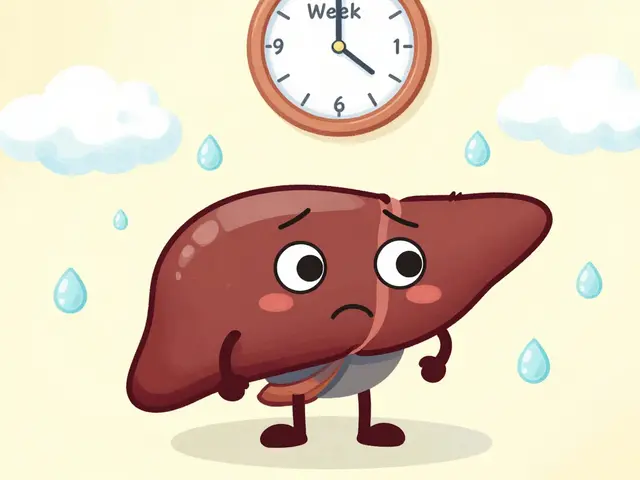Bipolar Disorder – What You Need to Know Right Now
If you or someone you love has been labeled "bipolar," you probably have a lot of questions. What exactly is it? How do you keep the highs and lows from taking over daily life? Below you’ll get straight‑forward answers, practical tips, and where to turn for reliable help.
Understanding Bipolar Disorder
Bipolar disorder is a mood condition that swings between periods of elevated energy (manic or hypomanic episodes) and times of low mood (depressive episodes). These shifts aren’t just “feeling good” or “feeling sad” – they’re intense, can last days to weeks, and often affect sleep, thoughts, and behavior.
There are a few types most people hear about:
- Bipolar I – at least one full manic episode, usually followed by depression.
- Bipolar II – a pattern of less‑intense hypomania plus major depression.
- Cyclothymic disorder – milder mood swings that last for two years or more.
Symptoms can look different for everyone, but common signs include rapid talking, risky spending, racing thoughts, trouble sleeping during highs, and loss of interest, fatigue, or hopelessness during lows. If you notice any of these lasting more than a few days, it’s worth talking to a clinician.
Practical Tips for Managing Mood
Medication is a cornerstone of treatment. Mood stabilizers (like lithium or valproate), antipsychotics, and sometimes antidepressants are prescribed based on your specific pattern. Always follow the dosage your doctor gives, and let them know about side effects right away – adjustments are normal.
Therapy matters too. Cognitive‑behavioral therapy (CBT) helps you spot triggers, while interpersonal‑social rhythm therapy (IPSRT) focuses on keeping daily routines steady – regular sleep, meals, and exercise can blunt mood swings.
Here are three everyday habits that many people with bipolar find helpful:
- Track your mood. A simple notebook or phone app can flag early signs of a shift, so you can act before things get out of hand.
- Stick to a sleep schedule. Even on manic days, aim for the same bedtime and wake‑time. Poor sleep often fuels the next episode.
- Limit stimulants. Caffeine, alcohol, and recreational drugs can destabilize mood. If you notice a pattern, try cutting back.
Support networks are gold. Whether it’s a family member, a trusted friend, or an online community, sharing what you’re going through reduces isolation and keeps you accountable to treatment plans.
At Comprehensive Health Solutions NY (CHSNY), we break down complex medical info into plain language you can act on. Our guides cover common bipolar meds, side‑effect management, and lifestyle tweaks that fit a busy New York schedule. We also provide a list of reputable mental‑health providers and crisis hotlines if you ever need urgent help.
Remember, bipolar disorder is manageable with the right mix of medication, therapy, and daily habits. It’s not a life sentence, and many people lead stable, productive lives after finding the right balance. Keep this page bookmarked, come back when you need a refresher, and feel free to explore our other mental‑health resources for deeper dives into anxiety, depression, and more.





